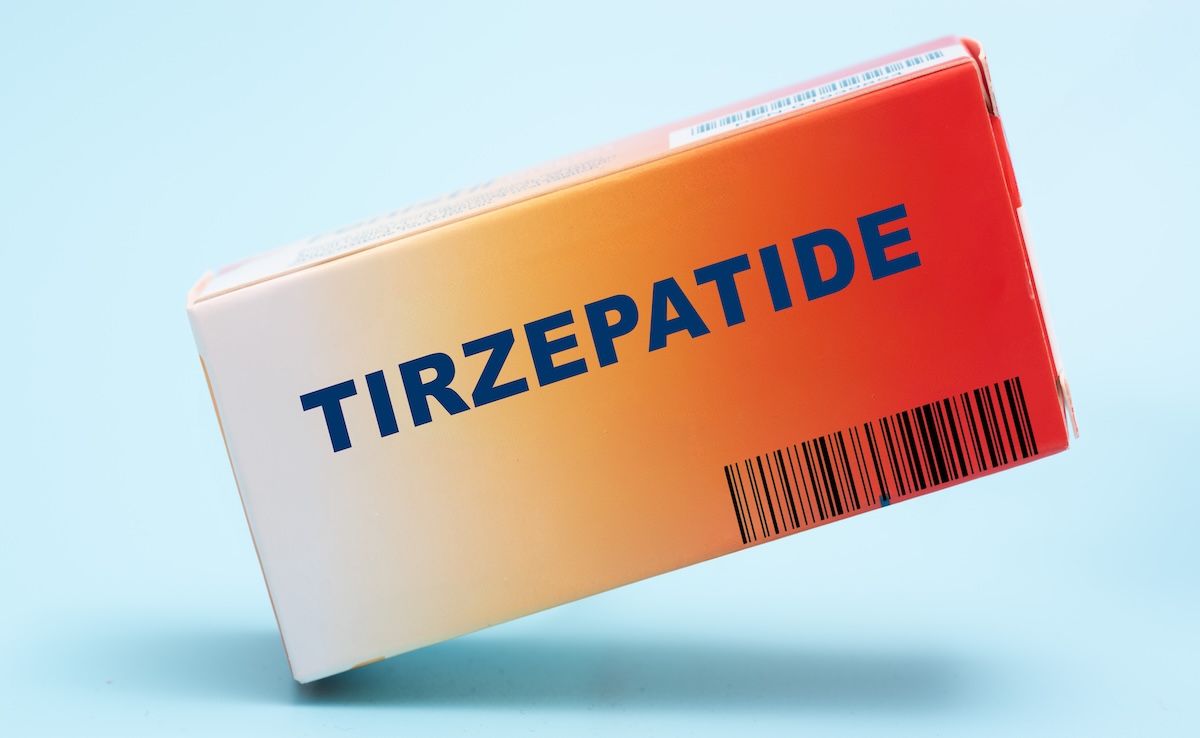Article
FDA Signs Off on EUA for Moderna's COVID-19 Vaccine
Author(s):
The FDA Friday issued the second Emergency Use Authorization (EUA) for a coronavirus disease 2019 (COVID-19) vaccine, this one to Moderna, as the pandemic reached critical stress points across the country, especially in California.
This story has been updated.
The FDA Friday issued the second Emergency Use Authorization (EUA) for a coronavirus disease 2019 (COVID-19) vaccine, this one to Moderna, as the pandemic reached critical stress points across the country, especially in California.
The approval, which was expected, means the Moderna shipments could begin shortly.
On Thursday, an FDA advisory panel agreed that use of the second vaccine to prevent COVID-19 is warranted in individuals 18 years and older.
As with the Pfizer-BioNTech vaccine granted an EUA last week by the FDA, the first Moderna vaccine doses will go to health care workers and individuals in nursing homes. Like the Pfizer vaccine, the Moderna vaccine is given in 2 doses and uses mRNA technology. The Moderna vaccine is given 28 days apart; the Pfizer-BioNtech one, 21 days apart.
The Pfizer-BioNtech vaccine can be used in those 16 years and older.
“Through the FDA’s open and transparent scientific review process, two COVID-19 vaccines have been authorized in an expedited timeframe while adhering to the rigorous standards for safety, effectiveness, and manufacturing quality needed to support emergency use authorization that the American people have come to expect from the FDA," said FDA Commissioner Stephen M. Hahn, MD, in a statement.
Similar to the Pfizer vaccine, which was approved under the same process a week ago, the fact sheet for the Moderna vaccine for recipients contains a warning about the possibility of severe allergic reactions, and says that individuals who have had previous reactions to the vaccine or to any ingredient in the vaccine should not take it.
Under an EUA, the benefits of the vaccine are considered to outweigh any risks and it is still considered unapproved while it is further analyzed under an Investigational New Drug Application until it is licensed under a Biologics License Application.
US deaths from the virus are more than 313,000 as of Friday night, with more than 8600 in Los Angeles, where reports from physicians are grim.
According to The Los Angeles Times, the surging pandemic is at its worst in Los Angeles County; the chief medical officer at Los Angeles County-USC Medical Center warned that the region was on the verge of becoming the new national epicenter and was getting close to running out of intensive care unit beds.
California on Friday reported over 41,000 new cases and 300 more deaths, the Associated Press reported.
“I am fearful it will be worse than what we saw in New York,” said Marc Futernick, MD, who heads the emergency department at California Hospital Medical Center. In March and April, health care workers from across the country went to New York City at the height of the crisis to help overwhelmed staff.
“None of that is happening right now, and there’s no way for it to happen because every place is busy. There’s no cavalry coming,” Futernick said.





